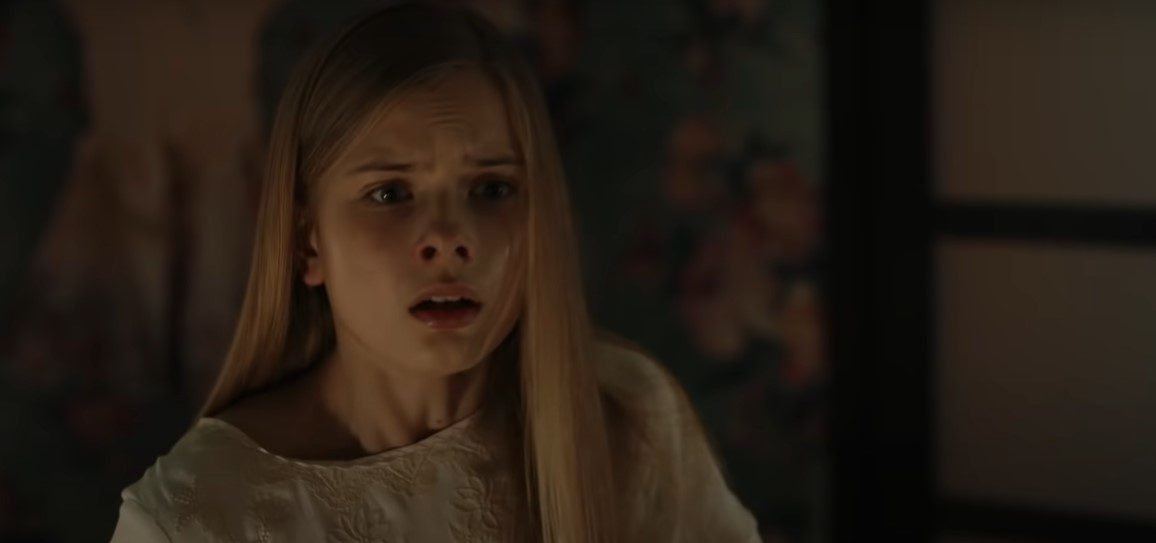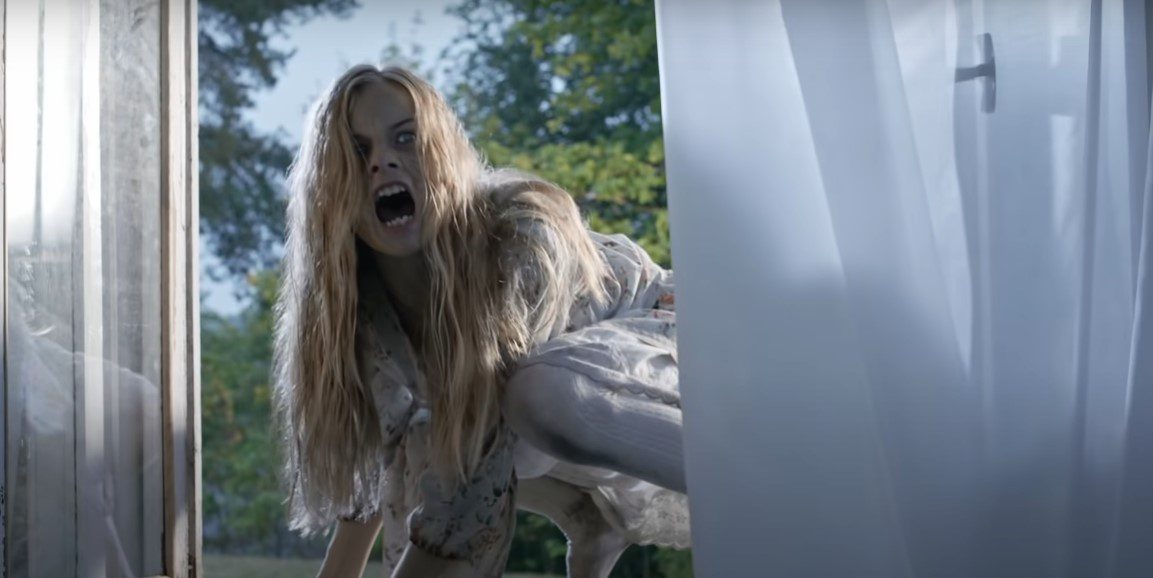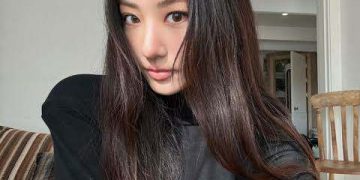Hanna Bergholm’s latest feature will put you at the edge of your seat if you like Scandinavian horror films. Here we are giving you the Hatching Ending and what it meant. If you’re not familiar with Scandinavian horror, then you must know that, unlike its Hollywood counterparts, these films have more cerebral and dark undertones. And Hatching is no different. Firstly, maybe you saw the movie and are confused by it. Then, after you read our piece, you’ll leave all those doubts behind you.
Hatching features Siiri Solaninna in the stellar role of Tinja, a twelve-year-old girl that has a hard time dealing with her overbearing mother. The movie recently dropped on Sundance with great reception and it became one of the festival’s favorites. Now, without any further ado, let’s do the Hatching ending explained.

Hatching Analysis
Iti (Sophia Heikkilä), her icy mother, embodies female aggression to a tee. She writes a lifestyle blog in which she portrays herself and her family as the perfect family. Her home is immaculately decorated and maintained, and her family is supposed to be the flawlessly styled props in this made-up world. When Tinja’s mother’s high expectations, her family’s disintegration, and puberty break her, something unexpected emerges from an egg.
The Egg
Tinja takes in an egg she discovered in the woods near her house. She takes it home and starts the process of incubation. What hatches astounds and confounds her. The creature grows and changes as Tinja’s body transforms, and her mind rebels until Tinja can no longer control it.
A World Full Of Expectations
In Tinja’s world, nothing is as it appears. Tinja can’t live up to her mother’s high expectations, despite her mother’s efforts to paint a picture of perfection. Rather than being able to play and enjoy her childhood, she was secluded from her peers and forced to work long hours. Her mother adores her on the surface, ensuring that a savage retort accompanies every warm smile.
In Tinja’s house, love comes at a cost. Her sibling is neglected, and her father is browbeaten into miserable acceptance, so she must practice until she practically bleeds to assure competitive superiority. Tinja’s mother even marries another guy, and her father accepts her infidelity lightly. For a young girl who is just starting to comprehend how broken her family is.
The Movie Builds Up
The early minutes of Hatching tell you everything you need to know about Tinja’s mother. She’s a toxic perfectionist who has no idea what love is. Tinja manages to gently capture a bird that has gotten into their house and broken items. Her mother requests the bird, presumably to release it outside, but instead breaks its neck while smiling pleasantly at Tinja. Tinja’s mother is described as follows. She is callous, cruel, and without mercy. Tinja and her family are destroyed by her inability to accept Tinja and her selfish actions.
Repressed Anger & Accepting Yourself
Tinja’s bird monster is disgusting since our feelings are frequently disgusting. We can try to disguise and hide them, but they will eventually surface, generally at inconvenient moments. A similar thing happens during puberty. Tinja is dealing with all of this as her family is disintegrating, and she is suffering from an eating disorder. Tinja is feeding her bird baby vomit because she is struggling. Director Hanna Berholm never forgets that.
It’s difficult to watch, not only because vomit is revolting but also because you can never get far enough away from the slime and goo, especially as the bird begins to resemble a human. Tinja’s self-image evolves in tandem with her bird. She, like most teenagers, is unsure of herself. Her mother is losing power, even if she isn’t aware of it yet, as she develops her identity in a very genuine way.

Hatching Ending Explained: What’s The Deal With The Egg?
Tinja has made it evident that she does not want her children to be treated the same way she is treated. Tinja’s horrible avian creature is one thing, but her mother is another. As she cares for and nurtures the creature, it takes on her physicality, if not her movement. It is similar to its mother in appearance.
However, this does not imply that Tinja, or anybody else, can exert influence over it. Tinja loses control of her bird baby as Iti pushes more arduous, and the bird emerges as a fully-fledged being with her thoughts on life. Iti is unsure how she will deal with this new person now that adolescent rebellion has returned home to roost. It’s the same way when you’re growing up. It’s painful, and parents can’t always control who or what their children become, no matter how hard they try.
Hatching’s moral is to love yourself and your children unconditionally. Ideals that are rigid and superficial have no value. They’re false idols carved into the crushed psyches of people who spend their lives worrying about what other people think. With this, we conclude our explanation of Hatching. Thanks for reading our post! See you soon!
Also Read: Best Shark Movies That Have Become Iconic – Ranked




